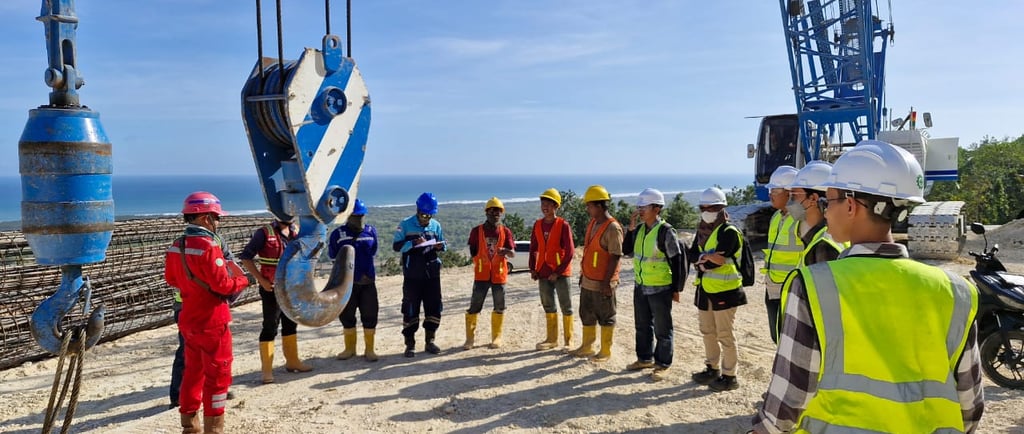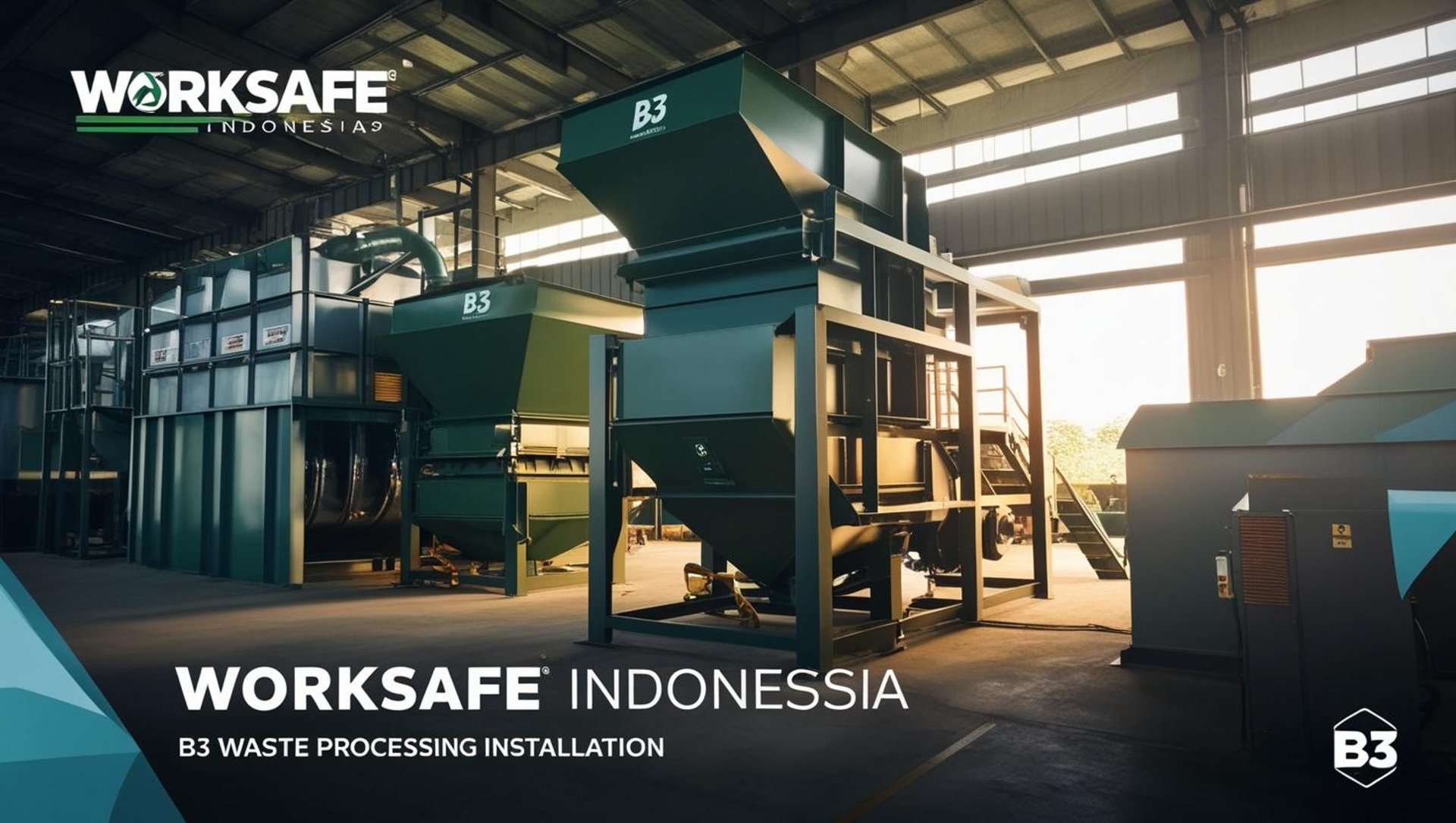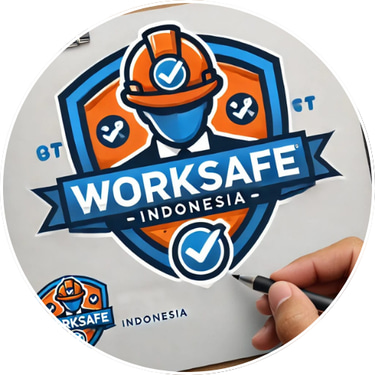
Promoting All About Safety, Health and Environmental
The Importance of a Lifting Plan for Safe Operations
The Importance of a Lifting Plan for Safe Operations In industries where heavy lifting is part of daily operations such as construction, manufacturing, and logistics safety cannot be left to chance. A lifting plan is an essential document that ensures every lifting operation is carefully planned, assessed, and controlled to minimize risks.
Septian Indra
4/27/20252 min read


The Importance of a Lifting Plan for Safe Operations
In industries where heavy lifting is part of daily operations such as construction, manufacturing, and logistics safety cannot be left to chance.
A lifting plan is an essential document that ensures every lifting operation is carefully planned, assessed, and controlled to minimize risks.
At Worksafe Indonesia, we emphasize that a safe lift is a planned lift.
What is a Lifting Plan?
A lifting plan is a detailed document that outlines:
How the lift will be carried out
Who is responsible at each stage
What equipment will be used
Potential hazards and how they will be controlled
It includes key information such as:
Load weight and center of gravity
Rigging and lifting gear selection
Crane or lifting device specifications
Ground conditions
Environmental factors (e.g., wind, rain)
Why is a Lifting Plan Important?
1. Prevents Accidents and Injuries
Proper planning identifies risks before the lifting operation begins, helping to prevent incidents like dropped loads, equipment failures, or worker injuries.
2. Ensures Compliance with Regulations
Many safety regulations and industry standards require lifting operations to be properly planned, supervised, and carried out safely.
3. Improves Communication and Coordination
A lifting plan clarifies the roles and responsibilities of everyone involved — from crane operators to riggers and signalers — reducing confusion and miscommunication on site.
4. Optimizes Equipment Usage
Selecting the right lifting gear and ensuring it is suitable for the load improves efficiency and reduces wear and tear on expensive machinery.
5. Enhances Emergency Preparedness
A good lifting plan anticipates possible failures and outlines emergency procedures, ensuring a rapid, effective response if something goes wrong.
Key Components of a Lifting Plan
✔️ Description of the load and its characteristics
✔️ Selection of lifting equipment and accessories
✔️ Rigging methods and attachment points
✔️ Personnel responsibilities
✔️ Sequence of operations
✔️ Hazard identification and risk assessment
✔️ Weather and site condition considerations
✔️ Emergency procedures
Who Should Prepare a Lifting Plan?
A lifting plan should be prepared by a competent person — someone who has the necessary knowledge, experience, and training to understand:
The principles of lifting operations
The limitations of equipment
The hazards involved
Often, a qualified lifting supervisor, engineer, or appointed person is responsible for drafting and approving the plan.
Conclusion
Lifting operations are among the most hazardous activities on any worksite.
Without a detailed lifting plan, the risks increase exponentially.
At Worksafe Indonesia, we believe that planning is the first step to safety.
Before every lift, large or small, make sure a proper lifting plan is in place — because every safe lift protects lives, assets, and reputations.
Plan Every Lift. Execute Safely. Keep Safe. Be Safe!!

